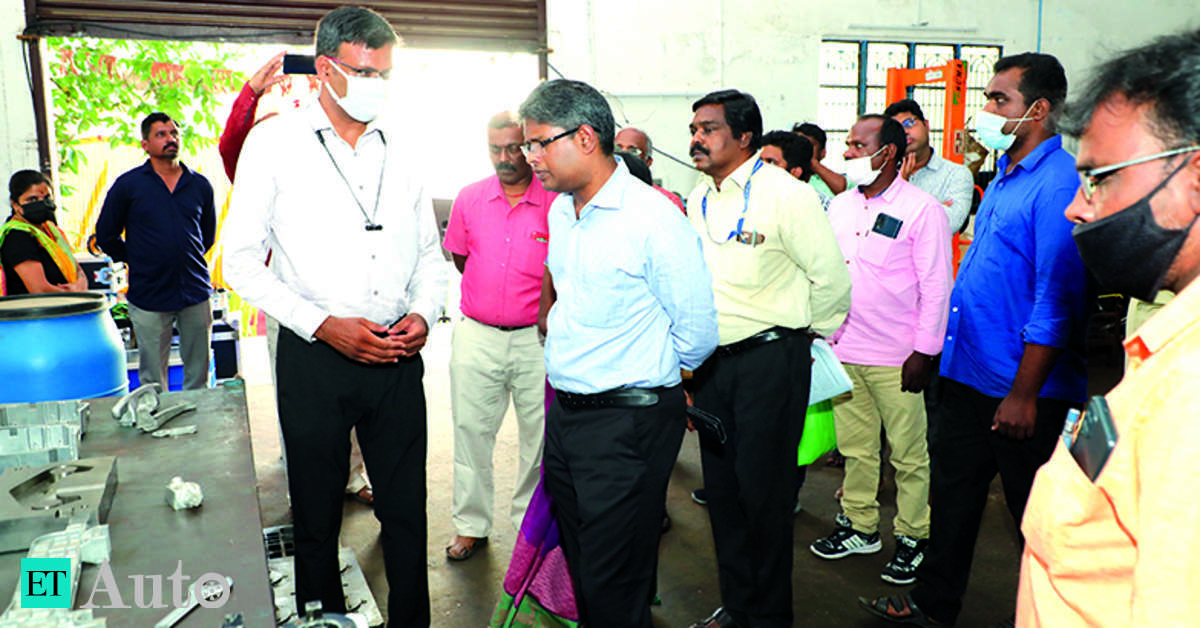The parting surface of the die casting mold plays a critical role in determining the quality and accuracy of the final product. It is the area where the two halves of the mold meet, and where the molten aluminum is injected into the cavity. The parting surface must be carefully designed and positioned to prevent flash and other defects that can compromise the production process.

To better set the parting surface for the die cast aluminum alloy, it is essential to consider several factors, including the shape, size, and complexity of the part. The design of the part and the mold should also take into account the type of aluminum alloy used and the required surface finish.
One critical factor to consider when setting the parting surface is the draft angle. The draft angle is the degree of taper applied to the vertical walls of the castings. It allows the parts to be easily ejected from the mold and helps prevent damage to the mold. A well-designed draft angle can also improve the overall appearance and reduce the complexity of the part.
Another important consideration is the location of the parting line. The parting line is the line where the two halves of the mold meet. It is crucial to position the parting line in a way that minimizes the number of undercuts and other complex features. This can help prevent mold damage and reduce production costs.
In addition to the draft angle and parting line, other factors to consider when setting the parting surface include the number of gates, the location of the gates, and the type of gating system used. The gating system is the part of the mold that controls the flow of molten aluminum into the cavity. A well-designed gating system can improve the quality of the final product and reduce the time and costs associated with post-casting processing.
Overall, setting the parting surface for the die cast aluminum alloy is a crucial step in the production process. It requires careful consideration of multiple factors, including the draft angle, parting line, gating system, and other design features. By taking these factors into account, manufacturers can produce high-quality die-cast aluminum parts that are accurate, durable, and cost-effective.